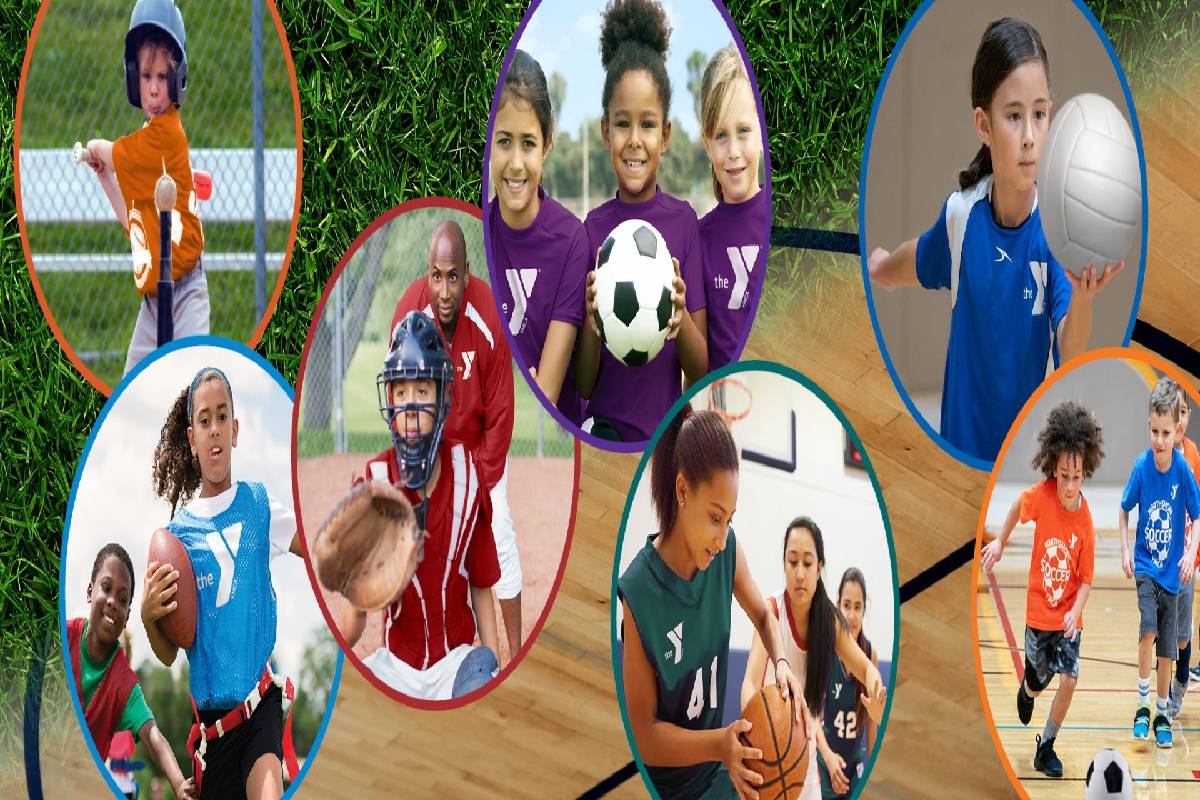swimming, group sports, judo, cycling, athletics. Sport is a physical activity that brings the body into operation and brings it out of a state of rest.
Sport is a habit that must begin to be instilled from a very early age since it provides multiple benefits for children’s mental and physical development.
It is important to remember that, in the little ones, the activities do not have to follow a rigid program. Instead, it should motivate them with various games or activities that they enjoy.
Sport helps children to integrate socially and to acquire fundamental values. In addition to this, it will collaborate in the correct development of your bones and muscles.
Table of Contents
The benefits of Sport for the physical development of children
- Many factors are involved in physical activity.
- These are the ones that are directly related to improving children’s health.
- The practice of any sport gives them cardiorespiratory resistance.
- In addition, it will provide them with strength and muscular endurance, flexibility, and motor coordination.
- Likewise, sports activity reduces many pathologies derived from a sedentary lifestyle and poor nutritional habits, such as for overweight, high blood pressure, or diabetes, prone to appearing in adulthood.
The benefits of Sport for the emotional development of children
- In addition to helping them develop physically and be healthy, Sport will promote healthy relationships with other children.
- But that’s not all; Sport is also good for your mental health; It will help them have more confidence in themselves, they will notice an increase in their self-esteem and the loss of any fear.
- Likewise, sports activity helps children integrate rules beyond those learned at school or within the family and allows them to channel their energy.
- In short, children and young people who play sports regularly are happier and more content.
What is the ideal Sport according to the age of the child?
The choice of sports activity must be adapted to the child’s age, physical condition, and personal preferences.
According to the Ministry of Health, Social Services, and Equality, the sports most practiced by children are swimming, football, cycling, basketball, aerobics, rhythmic gymnastics, dance, tennis, and athletics.
Up to 8 years
From 3 to 8 years old, it makes no sense to practice traditional sports.
The important thing is that, up to that age, children practice activities that predispose them to Sport, improving motor skills, coordination, and balance such as walking, jumping rope or obstacles, climbing, or dancing.
From 8 to 12 years old
In this range of these, individual and team sports can already be practiced in an organized manner.
The most recommended exercises contribute to general growth and development: endurance, strength, and flexibility such as running, gymnastics, swimming, martial arts, judo, tennis, soccer, or handball.
From the age of 14
At this age, more specialized training should begin, increasing resistance and training time, in general.
The most recommended sports for children
Judo
According to UNESCO, this is an “extremely suitable” initiation sport. Judo is much more than fighting; it is an ideal way to develop psychomotor and social skills.
Swimming
It is one of the complete sports activities and can be started at a very young age since it works on specific aspects such as coordination, endurance, discipline, and companionship.
Among its physical benefits, we find the possibility of correcting or preventing postural problems.
Team sports
Basketball, soccer, or volleyball exercise the lower and upper limbs, developing good coordination and balance. In addition, it favors work and team spirit.
Athletics
Athletics is a physical activity that encompasses many activities, which can be outdoors or on an indoor track, ranging from running to throwing or jumping.
This Sport is a way for children to channel their energy, gaining physical endurance, agility, and lung capacity.
In addition, while having fun, they will gain confidence in themselves and establish a routine.
Cycling
Learning to ride a bike allows children to socialize with others and have a fun time.
Conclusion
This Sport increases endurance, enhances agility, stimulates coordination, balance and favors the intellectual development of its young practitioners.
In addition, it strengthens the immune system, creates ecological awareness, and increases self-esteem.

